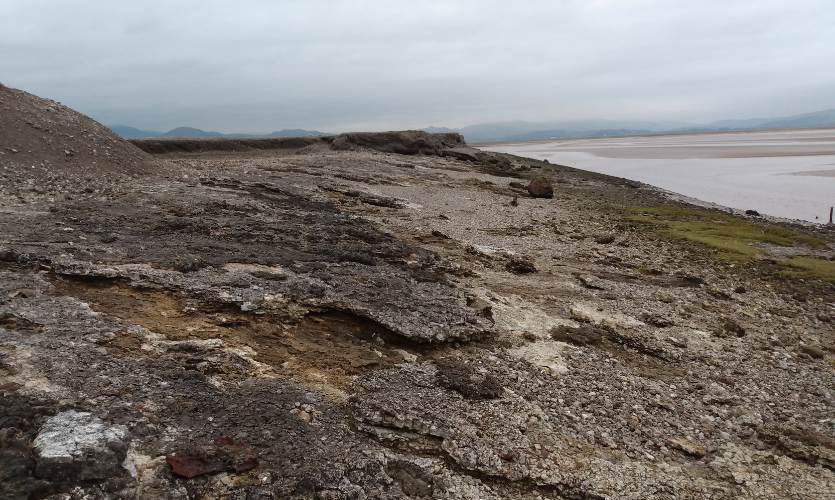Rapidly changing climate poses high risk for legacy waste pollution on UK coast

Pictured: Crosby beach, Sefton, Merseyside
New research co-authored by hydrologists at LJMU has found that more than 3,000 coastal locations in England and Wales are at risk of pollution from legacy landfill sites due to the changing climate.
Dr Patrick Byrne (opens in a new tab), Reader in Hydrology and Environmental Pollution, and Dr Alessia Nannoni, a visiting researcher at LJMU’s School of Biological and Environmental Sciences (opens in a new tab), have led on investigations in North West England and North Wales.
Real risk of environmental pollution
The research found that the majority of coastal waste sites in these regions, without any flood or climate defences, are industrial in nature. This poses a real risk that metal contaminants including copper, arsenic and lead could be released into the environment as a result of climate change and a predicted sea level rise.
Dr Byrne said: “This is the first national-scale assessment of the location of, and risks posed by, legacy waste sites in coastal areas and what is clear is that different regions may be disproportionately affected by different types of wastes.
“Iron and steelmaking slags are particularly concentrated in the North West of England, which contain notable centres of historical metal production on the Furness peninsula and Cumbrian coastline. Industrial wastes are concentrated in the estuaries of the Humber and Mersey, which have been traditional centres for petrochemical, chemical and non-ferrous metal industries.
“The primary risk is that inundation of these wastes with seawater, because of the worsening climate, might lead to erosion of the wastes or leaching of harmful contaminants. These contaminants could then potentially accumulate in estuarine and coastal environments that are important ecosystems and habitats for birds and mammals.”

Pictured: Millom Pier, Cumbria
North West sites most at risk
In the research paper, published today (Friday 28 October 2022) in the journal Frontiers in Environmental Science (opens in a new tab), experts from LJMU and partner universities found that of the 30,318 legacy waste deposits identified in England and Wales, 3,384 were identified within coastal zones, of which 711 are listed as priority sites as they currently have no flood defence or sea level rise protection.
Several sites in the North West rank in the top 15 of priority sites that are currently unprotected, including Mostyn Docks in North Wales, Connah’s Quay Power Station on the Dee Estuary and Millom Pier in Cumbria.
Dr Alex Riley, lead author of the paper from the University of Hull, said: “The risk analysis and site prioritisation will now help to inform strategies for climate adaptation, specifically in the context of how to effectively manage contaminated legacy waste sites, at which environmental risks could increase with a rapidly changing climate.”
The screening assessment can be used as a tool by the Government to assign funding to specific problematic sites.
Dr Byrne added: “The unprotected waste sites at the top of the priority list should be the focus of more intensive investigations and remedial work.”
Research background
This latest research is part of a four-year national-scale project funded by the Natural Environment Research Council (NERC) (opens in a new tab) and led by Newcastle University.
It brings together expertise in waste management, freshwater and seawater geochemistry, geomorphology, hydrology, ecology and environmental policy to provide a multi-scale assessment of the risks posed by municipal and mineral-rich legacy wastes in the coastal zone and provide a framework for their effective future management.
Incorporating conceptual site models into national-scale environmental risk assessments for legacy waste in the coastal zone (opens in a new tab) is authored by Alex L. Riley, Jaime Amezaga, Ian T. Burke, Patrick Byrne, Nick Cooper, Richard Crane, Sean D. Comber, Catherine J. Gandy, Karen A. Hudson-Edwards, Elin Jennings, Elizabeth Lewis, Stephen Lofts, John M. MacDonald, Heath Malcolm, William Mayes, Patrizia Onnis, Justyna Olszewska, Bryan Spears and Adam P. Jarvis.


